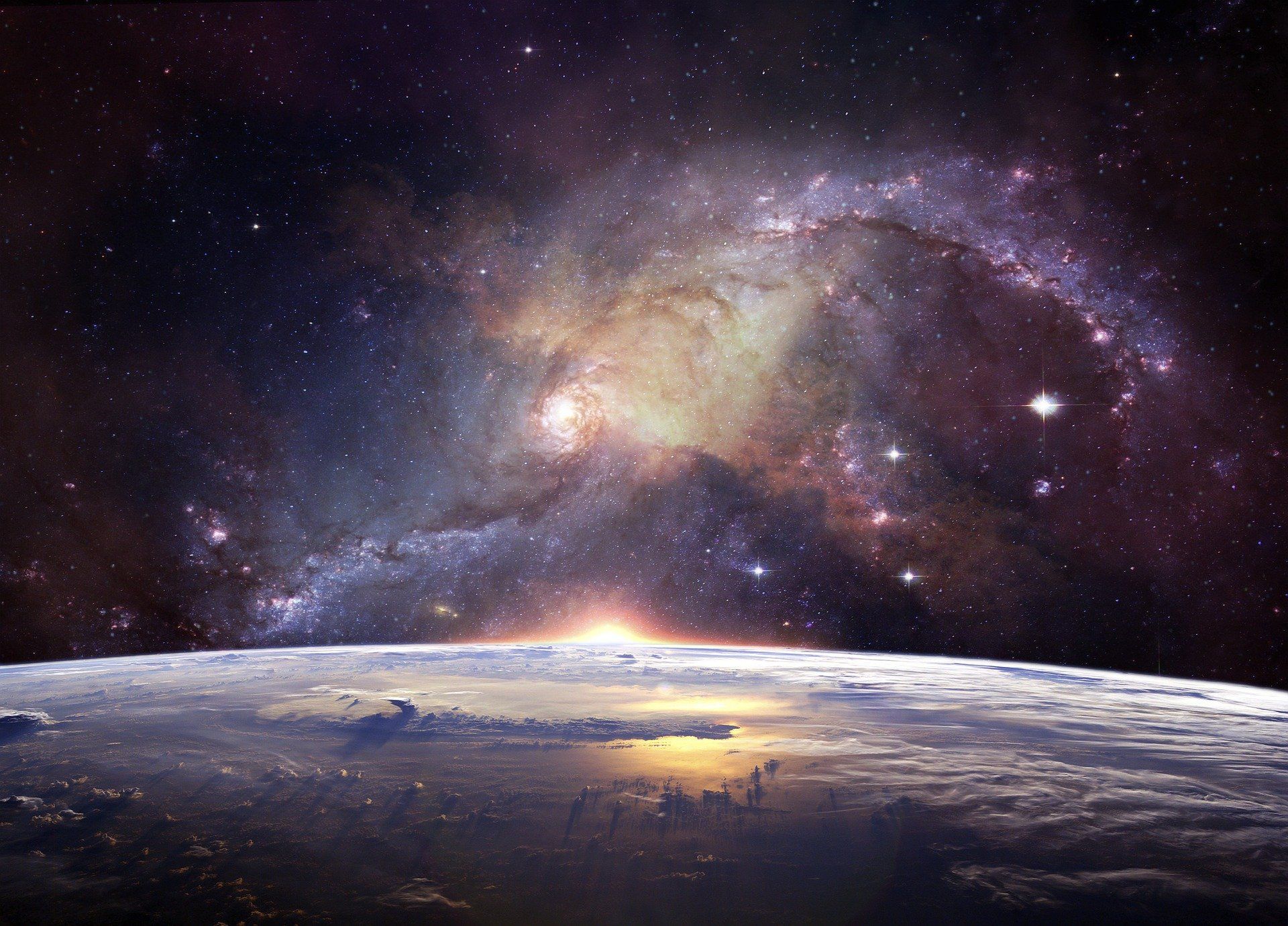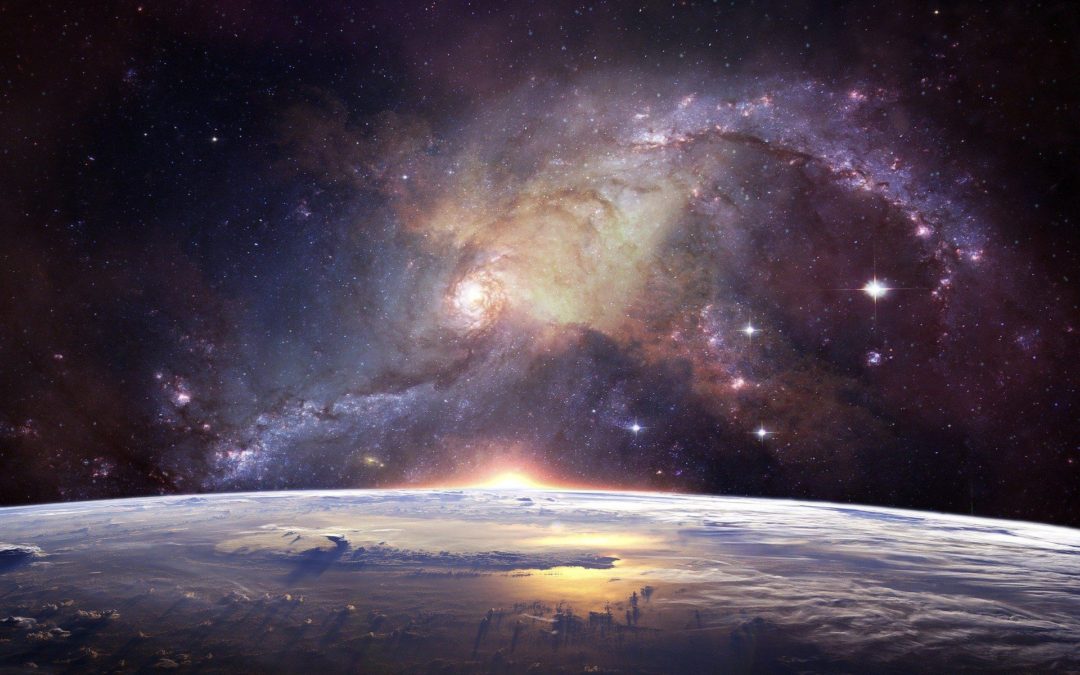
We have found thousands of exoplanets, but still none are the twins of the earth. However, the fact that we have not yet found anyone does not mean that they do not exist. In fact, there may be hundreds of millions or even billions of planets that have at least about the same conditions for life as Earth .
A research team, led by researchers from Nasa, has reviewed the 150,000 stars that the Kepler satellite collected data on plus data from ESA’s Gaia project. Based on all this data, the scientists calculated how many stars similar to the sun there may be in our galaxy, how many of these have rocky planets like Earth, and then they estimated how many of these planets could be habitable.
In the researchers’ least positive scenario, they still estimate that seven percent of the sun-like stars in the Milky Way have a habitable planet. There will then be 300 million habitable planets in the galaxy. In the most positive scenario, it is instead about 88 percent of the stars, which would give nearly 3.5 billion habitable planets just around sun-like stars.
If the scientists’ calculations are correct, it means that four of the sun-like stars that are within 30 light-years away have habitable planets. In that case, it would give us the opportunity to build telescopes that can study these planets in depth in the not too distant future.
As can be seen, there are major differences between the different scenarios. In order to be able to make more accurate calculations, researchers need more data. So we will see better and better calculations as new satellites provide us with more and better data.
Scientists used a slightly different method to determine which planets can house life. Normally you only look at whether the planet is at a certain distance from the star, the habitable zone, where there may be water in liquid form. In this study, the researchers instead focused on what is called “instellation flux”.
– We calculate the actual temperature on the planet, whether it is in the habitable zone or not, for all the planets around the stars. You can not get as reliable data by just looking at distance, says Steve Bryson at NASA’s Ames Research Center and the person who led the study.





